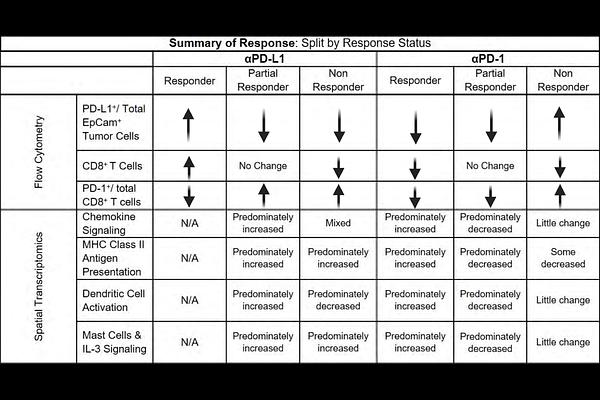Patient-Derived Three-Dimensional Lung Tumor Models to Evaluate Response to Immunotherapy

Patient-Derived Three-Dimensional Lung Tumor Models to Evaluate Response to Immunotherapy
Goliwas, K.; Hough, K. P.; Sivan, S.; Single, S. L.; Deshmukh, S. S.; Berry, J. L.; Khalil, M.; Wei, B.; Boumber, Y.; Athar, M.; Desai, A.; Ponnazhagan, S.; Donahue, J. M.; Deshane, J. S.
AbstractNovel preclinical models that better mimic the in vivo tumor microenvironment are needed for advanced understanding of tumor biology and resistance/response to therapy. Herein, we report development of a novel ex vivo patient-derived three-dimensional lung tumor model (3D-LTM), that maintains features of human extracellular matrix, cell-cell interactions, and tissue architecture to evaluate a rapid response to immune checkpoint inhibitors (ICI). Within this model system, we recapitulated the heterogeneity of response to immunotherapy observed in non-small cell lung cancer (NSCLC) patients and defined signatures associated with response for predicting early response of ICI in patients. Spatial transcriptomics of the 3D-LTMs identified positive correlation of CD8+ T cell populations, CD4+ memory T cells, mast cells, NK cells, endothelial cells and non-classical monocytes with response status, whereas macrophages negatively correlated with response status. Pathway analysis of gene expression showed that chemokine signaling related pathways were activated in responder 3D-LTM tissues, whereas suppression of antigen presentation-related pathways and activation of Treg differentiation-related pathways was associated with 3D-LTMs that were not considered responders. This model system has utility for rapidly testing test novel immune directed therapy outcomes and for developing biomarkers of ICI response in NSCLC.